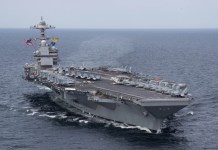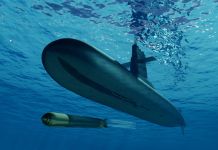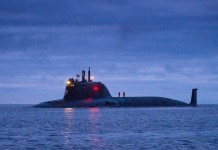Turkey signed a deal with the United Kingdom to purchase 20 Eurofighter Typhoon combat aircraft following sustained lobbying. Ironically, this milestone comes years after Turkey declined the opportunity to join the Eurofighter family as an equal partner.
Turkey would be spending a whopping $10.66 billion on the deal, signed on October 27 by Turkish President Recep Tayyip Erdogan and British Prime Minister Keir Starmer during his first-ever visit to the country.
The deal has been dubbed “the biggest fighter jet export deal in a generation” by the visiting British PM.
The Eurofighter Typhoon is a European 4.5th-gen multi-role aircraft produced by the four-member Eurofighter Consortium comprising the UK, Germany, Spain, and Italy.
Since any third-party purchase of the aircraft requires the green light of all consortium members, Turkey’s purchase of the Eurofighter was held up for a long time due to Berlin’s veto, which was lifted only in July 2025. The deal builds on a Memorandum of Understanding (MoU) signed between Turkey and the UK for the sale of about 40 Typhoons to Ankara, following the German go-ahead.
When Turkey Declined The Eurofighter
While Turkey officially launched efforts to acquire the Eurofighter Typhoon only in 2022-2023, its association with the aircraft dates back to the 1980s.
In fact, as noted by conservative Turkish publication Yeni Safak, “Turkey’s path has intersected with the Eurofighter Typhoon multiple times over the past four decades.”
In 1983, the UK, Germany, Italy, and Spain together recognized a shared need to upgrade their air power, and the idea of the Eurofighter was born.
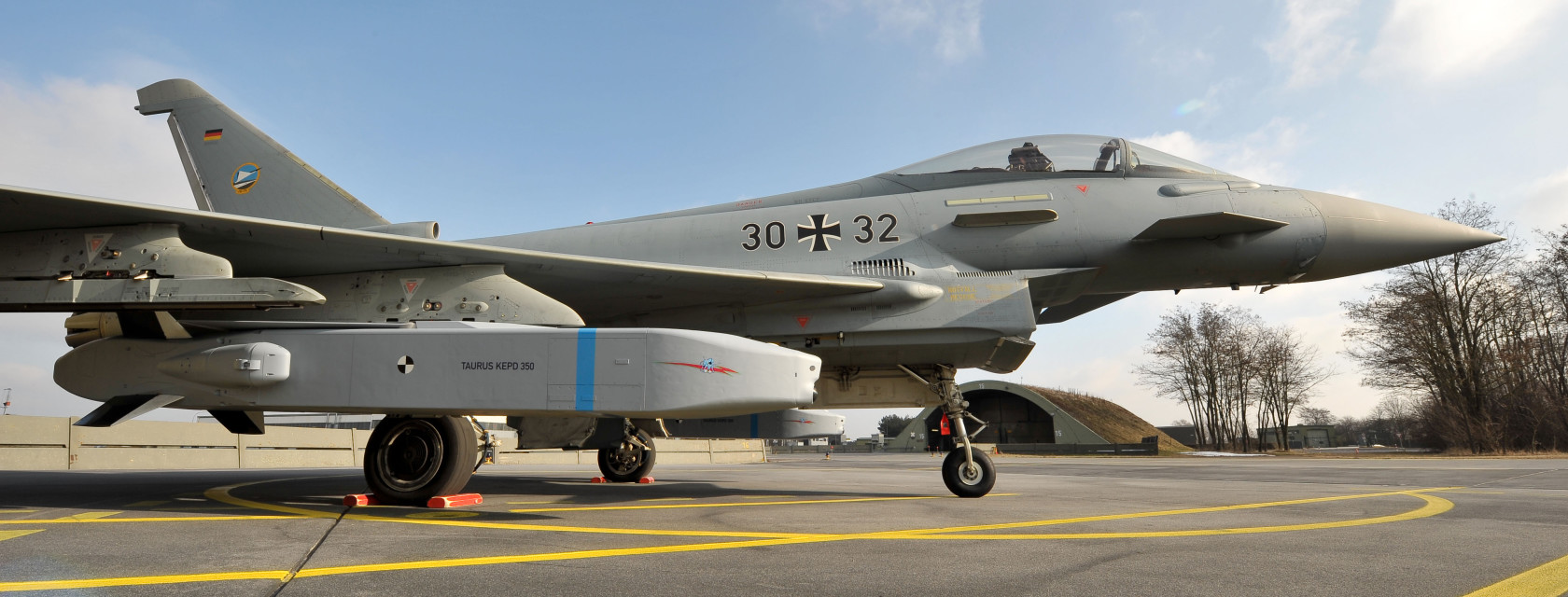
Initially, France was invited to join as a member, but that arrangement did not work out, and Paris decided to develop the Rafale instead. The Eurofighter program was formally launched by the consortium members in November 1988.
During the mid-1980s, Turkey was negotiating a contract with Europe to purchase 40 Tornado aircraft, jointly developed by the UK, Italy, and Germany. At the time, Ankara was promised equal partnership in the then-emerging Eurofighter project, provided the Tornado agreement was finalized. However, the deal ultimately collapsed as the UK Export Credits Guarantee Department refused to finance the purchase.
In the absence of the Tornado, Turkey turned to the American F-16 Fighting Falcon, a more flexible and affordable option that helped foster its domestic defense industry. This put an end to the prospect of Turkey joining the Eurofighter program.
Reports in Turkish media state that Ankara was again offered the aircraft on two occasions in the early 2000s, with the potential to join the consortium as a partner and opportunities for industrial collaboration.
However, these opportunities never materialized for a variety of reasons, one of which was Turkey’s interest in the US F-35 Joint Strike Fighter (JSF) fifth-generation stealth aircraft.
In 2002, Turkey became the seventh international partner in the American JSF Project, joining the NATO members United Kingdom, Italy, the Netherlands, Canada, Denmark, and Norway. By 2007, Ankara had signed a memorandum of understanding (MoU) to participate in the production of the F-35.
Turkey eventually became deeply embedded in the F-35 program. About ten Turkish companies were involved in the development of the fifth-generation stealth aircraft, with a total Turkish investment of more than $1 billion.
Turkey was manufacturing around 900 parts for the F-35, including sections of the center fuselage and cockpit display. This left little fiscal space for Turkey to invest in the Eurofighter program.
Moreover, it was already operating the F-16, and was confident of upgrading its Air Force with JSF stealth fighters. However, as luck would have it, Turkey was expelled from the F-35 program.
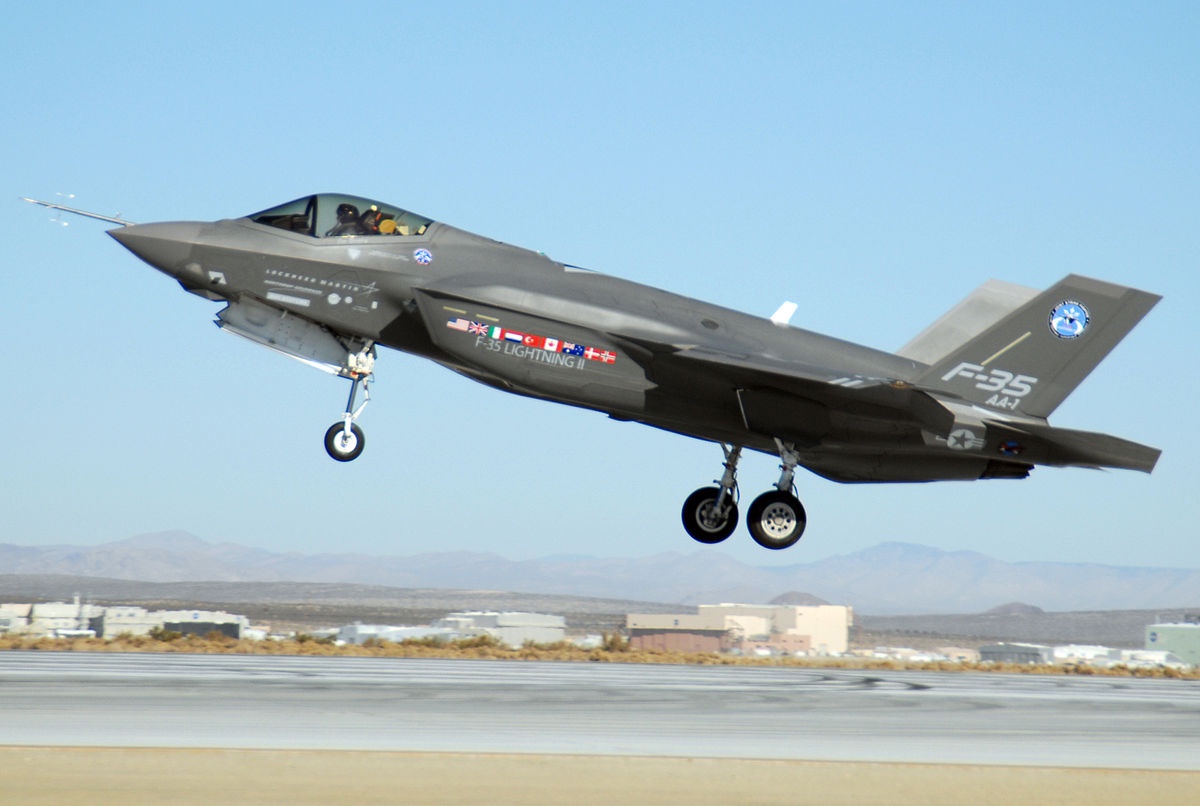
Turkey purchased four S-400 AD systems from Russia in a deal signed in 2017. The deal was fiercely opposed by the US and NATO allies over concerns that integrating the Russian-origin AD into the Turkish Armed Forces would jeopardise the F-35 stealth fighter program.
However, ignoring the warnings, Turkey pressed on with the acquisition as it needed a long-range air defense system to address gaps in its air defense capabilities.
When Turkey accepted the first delivery of S-400 from Russia in 2019, it was sanctioned by the former Trump Administration under the CAATSA (Countering America’s Adversaries Through Sanctions Act) and expelled from the F-35 program, dealing a very severe blow to Ankara’s modernization efforts.
It meant that Turkey would no longer be able to receive the fifth-generation stealth fighters or upgrade its ageing F-16C/D fleet.
Turkey never gave up on the F-35, and talks to re-enter the program continued. However, with no breakthrough in sight, Turkey advanced work on its own fifth-generation fighter (KAAN) and decided to acquire a 4+-generation aircraft in the interim.
Turkey’s hunt for a new fighter jet was a protracted process that included evaluating several options. Finally, in November 2023, Turkey’s defense minister, Yasar Gular, announced that the country was in talks with Spain and the United Kingdom to buy Eurofighter Typhoons.
This was the beginning of yet another struggle as Germany refused to allow the export of the fighter jets to Turkey, due to Ankara’s unprecedented human rights violations.
In November 2024, amid indications that Germany was finally starting to soften up to the export, Yaşar Güler said: “We will acquire 40 Eurofighter Typhoon jets. Germany had been reluctant for a long time, but with the constructive contributions of our NATO allies Italy, the UK, and Spain, it finally gave a positive response.
”The major driver for Turkey’s campaign for Typhoons was the need to deter Greece, which has acquired a sizeable fleet of French Rafale fighters and signed up for the F-35 Lightning II stealth aircraft. Though Turkey is developing its own fifth-generation KAAN fighters, it would take time to fully operationalise a fleet that could pose a challenge to the Hellenic Air Force.
In the wake of an intense lobbying by Turkey and a sustained effort by the UK to revive the industry, Germany finally lifted the veto in July 2025. Thus, removing the last hurdle to Turkish purchase of the Eurofighters and paving the way for the deal inked on October 27, 2025.
“Turkey and the Eurofighter is quite the saga,” said Aaron Stein, president of the Foreign Policy Research Institute, in an interview with AFP, referring to its rejection of the Eurofighter in favour of the American F-35.
Turkey’s $10.66B purchase of 20 Eurofighter Typhoons, while a strategic move to bolster its air force amid regional tensions, is a suboptimal decision given its earlier rejections of the program. By declining to join the Eurofighter consortium as an equal partner, Turkey missed opportunities to co-develop the aircraft, integrate its defense industry, and share in costs and technological benefits.
Instead, as a buyer in 2025, Turkey faces a steep price tag for a 4.5th-generation jet with deliveries delayed until 2030. This costly, late entry as a customer rather than a partner highlights a missed strategic advantage that policymakers in Anaka would not be pleased about.
Eurofighters Are Coming!
The deal was announced by British Prime Minister Starmer in a video in which he stood before Eurofighter Typhoons.
Three Eurofighter aircraft from the Royal Air Force traveled to Turkey as part of Starmer’s visit. Turkish F-16s greeted them as they entered Turkish airspace and escorted them to the Ankara Mürted Air Base Command.
At the facility, Starmer greeted RAF pilots in front of a Eurofighter plane with UK Secretary of State for Defence John Healey.
The deal will make the Turkish air force the 10th operator of the Eurofighter Typhoon, and fill a critical gap in its inventory until the fifth-generation KAAN is ready for induction. The package reportedly includes the MBDA Meteor beyond-visual-range air-to-air missile.
BAE Systems will assemble Turkey’s jets in the UK, according to reports, with other parts and weapons production at facilities in Europe.
Starmer described the deal as “a win for British workers, a win for our defence industry, and a win for NATO security”.
This is mainly because the order will protect the jobs of roughly 500 employees at the company’s Warton site, in addition to benefiting a factory that makes front fuselages at Samlesbury, 20 kilometres to the east.
Previous reports suggested that the Warton site could close unless new orders for the European aircraft were secured. The deal comes as a new lease of life for the production facility and helps pacify the workers at BAE.
It is pertinent to mention that the arrival of the first brand-new Eurofighter Typhoon would take place only in 2030. Turkey also intends to purchase 12 Eurofighter Typhoons from Qatar and Oman, with the aircraft from Qatar anticipated to arrive early next year, Turkish Defense Minister Yaşar Güler told reporters after Turkish President Recep Tayyip Erdoğan and Starmer met at the Presidential Complex in Ankara. These older jets will serve as a stopgap until the Tranche 4 variant of the Eurofighter Typhoon arrives.
The Eurofighter Consortium expressed jubilation at the signing of the deal, saying Turkey will officially become the tenth country to operate the Typhoon and signal its “entry as a partner nation in the Eurofighter community.”
“This new partnership further strengthens the Eurofighter programme’s position as the backbone of Europe’s air defence. It follows a series of recent orders from three of the four core Eurofighter nations: Germany (20 jets), Spain (25 jets), and Italy (up to 24 jets),” the statement added. The Typhoon is also operated by Austria, Oman, Qatar, Kuwait, and Saudi Arabia.
- Contact the author at sakshi.tiwari13 (at) outlook.com
- Follow EurAsian Times on Google News

